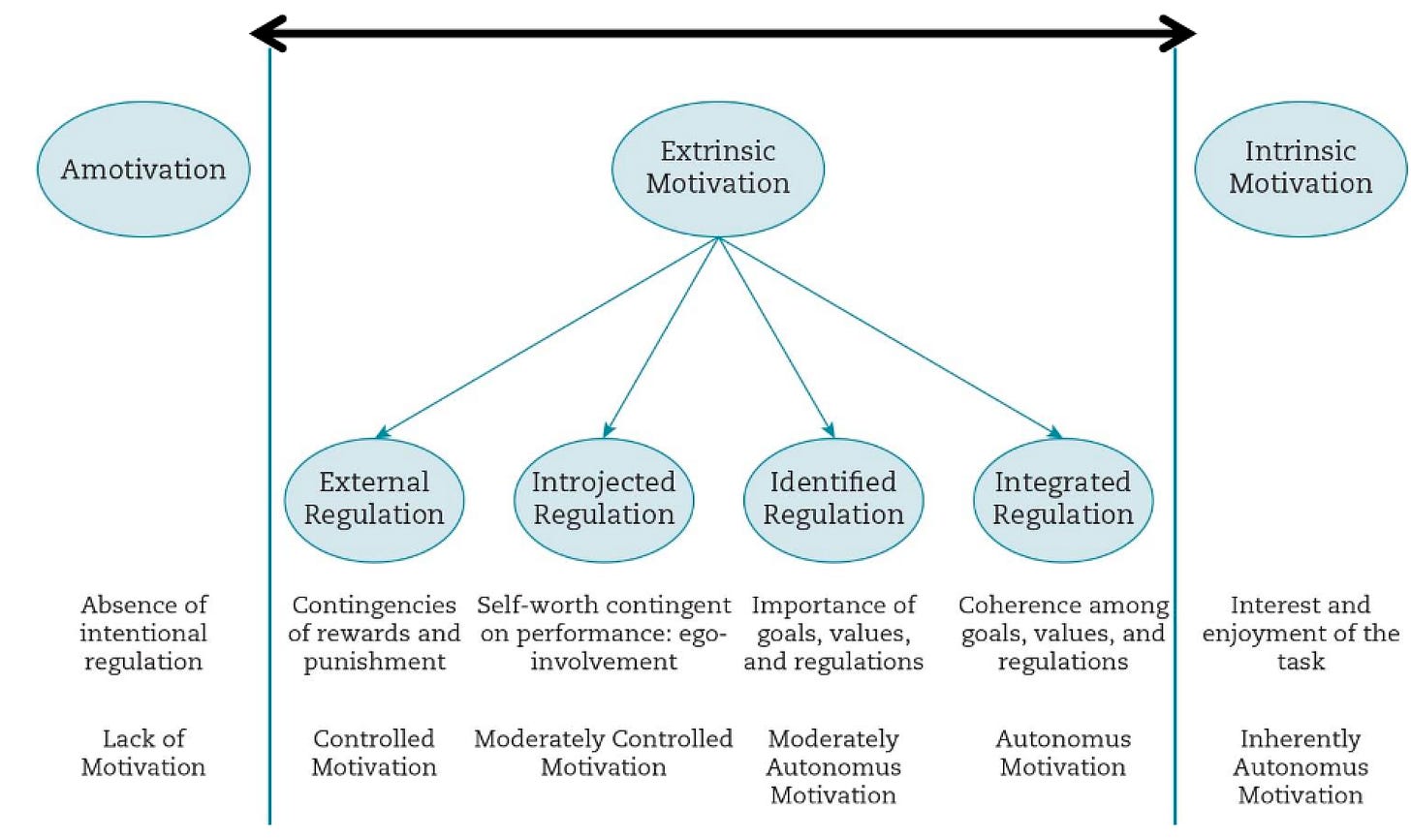To be or to do? A short story about ego
This week, I want to talk about a story that I read from Ryan Holiday’s best-selling book, Ego is the Enemy. For some reason, this story just stuck with me. A Turkish saying describes lessons from stories like this: Let it be an earring to your ear. In short, this story remained an earring in my ear for the last year and a half, and I love it.
John Boyd, a not-so-famous jet pilot from the U.S. Military, is known for his strategic genius and superior talents in the field. His nickname was “40 Seconds Boyd,” as he could defeat any enemy within 40 seconds in one-on-one air combat. This dude is the main guy behind the designs of the F-15 and F-16. He remained anonymous throughout his successful military career and focused on doing his job instead of being involved in politics. The story is about the talk Boyd gave to one of his upcoming proteges, who was talented and seemed to be the “kid who is going to places”:
“Tiger, one day you will come to a fork in the road. And you’re going to have to make a decision about which direction you want to go. If you go that way [as he points out two ways with his arms], you can be somebody. You will have to make compromises and you will have to turn your back on your friends. But you will be a member of the club and you will get promoted and you will get good assignments.” “Or, you can go that way and you can do something—something for your country and for your Air Force and for yourself. If you decide you want to do something, you may not get promoted and you may not get the good assignments and you certainly will not be a favorite of your superiors. But you won’t have to compromise yourself. You will be true to your friends and to yourself. And your work might make a difference. To be somebody or to do something. In life there is often a roll call. That’s when you will have to make a decision. To be, or to do? Which way you will go?”
This dilemma between doing and being is a fundamental problem in our daily lives. Especially when it comes to motivation, do we actually want to do something or want to have it done? Do we want to take care of the tree, water it day by day, let it grow at its own pace, and gracefully eat its delicious fruits under its shadow, or do we just want to eat those fruits? Or, if I put it in more contemporary terms, do we want to be seen as the person who did all the work and is now eating the fruits of our labor, or do we actually want to put in the effort? I was trying to translate another Turkish phrase, but I accidentally got a beautiful response from ChatGPT: Is it the act we seek or the afterglow of achievement?
We can see this afterglow of achievement quite frequently in social media. The psychological “consultants” who teach how to be happy in 15 seconds without formal training, or the financial “gurus” who promise the road to becoming a millionaire in 15 minutes from their private jets rented for 15 minutes. Or that LinkedIn post that starts with “I am excited to announce that..” And talks about hard work and gratefulness for 15 minutes. Okay, I admit that the last one might be unfair, but you get the point. There is an entire (digital) culture based on showing off accomplishments and “success,” whatever they might be.
But this is not the end of the story. This social media culture represents something deeper, something more fundamental in our daily lives: Dreaming about the end product instead of work. Then, it becomes a motivation pandemic because manifesting the fruits of labor and wanting them badly is not enough for a sustainable and fulfilling work life. Yet, we can see that this desire to plan for success and get motivated for success is commercialized on social media and in real life. We spend our precious time preparing for work instead of just sitting and doing it. Why? It’s because our ego demands those fruits of hard work without showing up for work. It wants us to be accomplished, not accomplishing. Then, no wonder we spend money on courses that promise shortcuts to success, not to mention the time we spend on social media to listen to their “success” stories.
How do we increase motivation to actually do the work?
So, if this is the case, how can we increase our motivation and satisfaction from doing the work? Now, I’ll stop talking about my opinions and answer this question with a well-respected scientific framework within organizational psychology about motivation: The self-determination theory.
According to this theory, motivation lies on a spectrum. One side represents the lack of motivation, while the other denotes intrinsic motivation. Everything in between belongs to extrinsic motivation. Here, intrinsic motivation is the motivation that comes from the interest and enjoyment of actually doing the job. It’s the place where we do the work for the sake of work. Extrinsic motivation is about doing things for external outcomes, be it money, status, or even personal values. Here is the spectrum from the textbook:

Let me shed light on the different types of extrinsic motivation, as the other ones are intuitive to understand.
External Regulation: Doing things only for the sake of getting a reward or avoiding a punishment. Like working in a prison to avoid punishment or getting some extra cigarettes. There’s almost no motivation at all, only outcomes.
Introjected Regulation: Doing things to silence our internal pressure, or in other words, our ego. This work or behavior is done to maintain self-esteem and avoid guilt, shame, or unworthiness. We perform such tasks to prove our worth or avoid negative self-judgment rather than genuine interest or alignment with personal values. For instance, becoming a doctor just for the status it brings or being a burnt-out “winner” in a career to prove ourselves or to the world something.
Identified Regulation: Although behavior itself is not intrinsically interesting, we do it because it aligns with our personal values. This means the motivation comes from identifying the task as beneficial or necessary for achieving a goal or maintaining alignment with personal values, even if the task is not fun to do. An example would be going to the gym to stay healthy or working to look after our family.
Integrated Regulation: This involves engaging in behaviors that align with our identity, values, and goals. It’s a bit deeper than the identified regulation. Here, an example can be going to the gym because being healthy and disciplined is a part of who we are. It’s deeply important to us. Still, sometimes, it can be fun, but it’s not intrinsically motivated (for some people, anyway).
Then what?
Then, the goal is to get as close to intrinsic motivation as possible. Although doing any job requires things that we don’t want to do, 100% intrinsic motivation can be a myth that is commercialized. So, how can we get close to intrinsic motivation, you might ask? According to self-determination theory, intrinsic motivation is determined by three needs: need for autonomy, competence, and relatedness:
Need for autonomy: The need to feel that we chose our own actions that align with our values. If the job or behavior is 100% determined, there might be no space to express ourselves.
Need for competence: The need to make ourselves useful, to feel effective, to impact our surroundings, and to master the challenges that come with it. If we don’t have the necessary skill set to do a job, then expecting ourselves to fulfill that role might drain our energy, causing us to dream about becoming a competent person rather than doing the things to become one. If we also have the habit of listening to our ego, which claims things like this: “I don’t know how to do X, but I’m better at Y than everyone,” the problem begins. This is the danger zone. If we listen to our egos, we might not seize the chance to improve ourselves.
Need for relatedness: The need to feel connected, cared for, and belong. Especially in our work environment, what we do might be as important as who we do that work with. Several millions of years ago, we were born to be social. Just like other animals. There is no other way to escape this need.
So, to get closer to intrinsic motivation, we might want to take a look at where we are in the spectrum, the needs we might fulfill more, and make an action plan to do the things we need to do instead of dreaming about becoming the person who has already done all those things. For instance, we could improve one aspect of our work by asking our boss for some freedom in our role, taking an extra course to develop skills to be competent, or attending social events more. Note that the self-determination theory applies to many behaviors, not just workplace behaviors, although I want to emphasize workplace actions. It’s because we spend most of our weeks at work, doing necessary things whether we like them or not. So, why not improve them a little bit?
In the end, doing is harder than being. It requires effort, patience, courage, and more. It requires perseverance — the ability to get up when we fall. It requires us to control our egos, not be controlled by it. It’s hard work. BUT, if we can improve even a tiny aspect of our everyday lives by taking one action that fulfills a need, our quality of (work) life can accumulate just like an Apple stock that was bought 10 years ago. Those tiny steps might make us unrecognizably self-confident and motivated in couple of years. It adds up. As Lao Tzu says, a journey of a thousand miles begins with a single step.
Best regards,
Buğra
